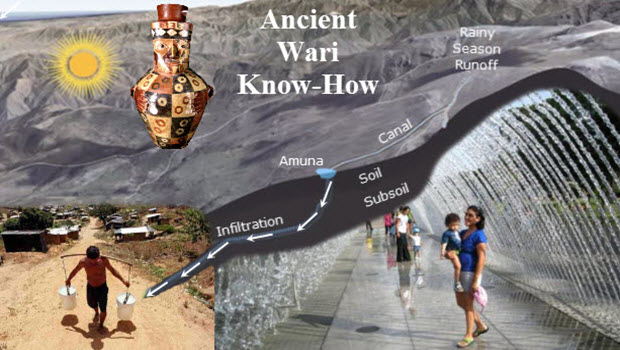
Refurbishing pre-Inca water channels to fix Lima’s desert water woes
Peruvians, ancient and modern, have always lived on a knife’s edge of climatic and seismic disaster.
Fitting then that as global climate change threatens Peru nearly as much as any other country in the world, it’s 1,500-year-old technology left by the Wari Civilization that could keep the taps running in Peru’s desert capital city of Lima.
The stories bouncing around the Internet today about this development are fascinating.
The city’s water utility has reportedly gotten a tentative thumbs up from Peru’s national water regulator, SUNASS, to invest about $23 million over the next five years to fund “green infrastructure” in the Andean highlands above the coastal desert city.
The funds will be used to restore natural wetlands that had been drained for agriculture, offer incentives to cattle ranchers to employ more sustainable methods and to restore ancient hydraulic systems engineered by the Wari, known as Amunas.
Amunas, also known as Mamanteo, is an ancient technology for storing and later harvesting ground water. That’s the simplest, most straight forward definition I could find, provided by CONDESAN, a non-profit consortium that works for sustainable water management in the Andes region.
During the rainy season, water is diverted from overflowing high-altitude rivers and streams and is siphoned through aqueducts to key infiltration points. This effectively stores the water in the mountain, rather than letting it run off. It then filters through the rocks over time, recharging the aquifer along the desert coast, to emerge from springs during the dry season.
Restoring and re-grouting ancient amunas could “increase water supplies to Lima by 26 million cubic meters, and reduce the city’s current water deficit in the dry season by as much as 60 per cent,” Web site NewScientist reports.
It seems it’s much more cost-effective than building mega-desalinization plants.
SUNASS President Fernando Momiy Hada was quoted today by Environment & Energy Publishing saying that the investment in green infrastructure “is not a matter of feelings or a political position or because it is fashionable.” Rather, he said, “the main objective of the investment in green infrastructure is the conservation of quantity and quality of the water.”
Consider these facts:
- The capital city relies for its drinking water on 20 carefully regulated lakes in the Andean mountains of Lima, and on runoff from the Rimac and Chillon rivers, which drop precipitously in volume during the dry season.
- Peru is home to 70 percent of the world’s tropical glaciers
- Perennial melt-waters from Peru’s glaciers power the country’s hydroelectric plants, irrigate its agricultural basins and feed the aforementioned lakes.
- But those majestic ice peaks are in the process of accelerated meltdown due to man-made global warming and will most likely be gone before the end of the century.
As one person, who identified himself as archaeocore, put it aptly in a comment:
“This is a perfect response to the oft-asked question asked of archaeologists: ‘What’s the point of studying the past?’”
 Which is the best yoga retreat in Peru?
Which is the best yoga retreat in Peru?  Hilos y Colores featured on Enlace Nacional
Hilos y Colores featured on Enlace Nacional 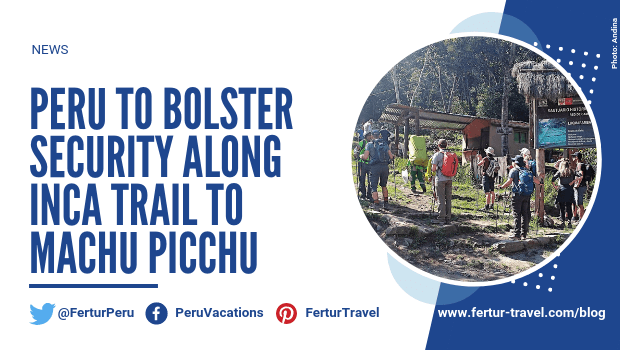 Peru to bolster security along Inca Trail to Machu Picchu
Peru to bolster security along Inca Trail to Machu Picchu  From off-kilter to traditional luxury, Lima’s hotel development is booming
From off-kilter to traditional luxury, Lima’s hotel development is booming 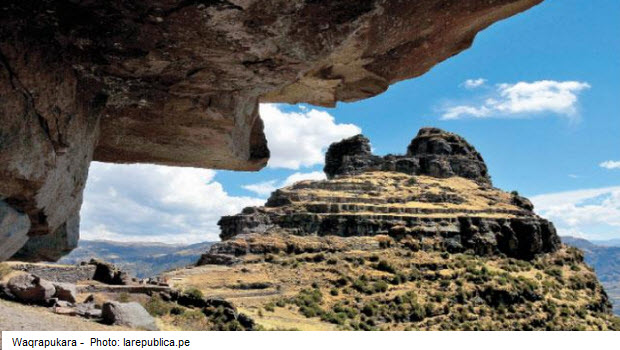 Treasure of Waqrapukara – a lesser known Inca sanctuary
Treasure of Waqrapukara – a lesser known Inca sanctuary 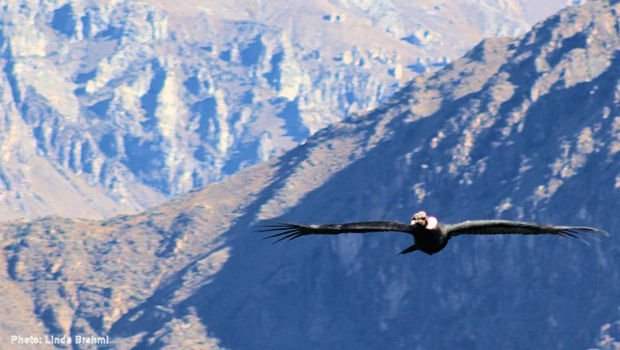 Best Time to See Condors in Colca Canyon
Best Time to See Condors in Colca Canyon 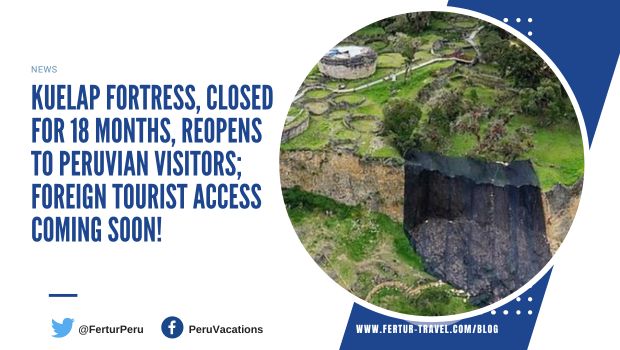 Kuelap Fortress open again, but not for foreign tourists just yet
Kuelap Fortress open again, but not for foreign tourists just yet 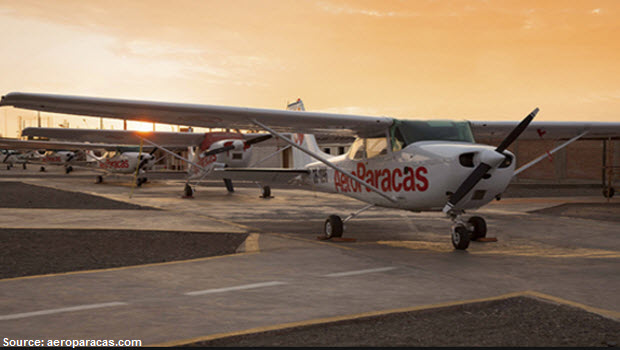 Airline says overweight tourists must pay for extra seat to fly over Nazca Lines
Airline says overweight tourists must pay for extra seat to fly over Nazca Lines